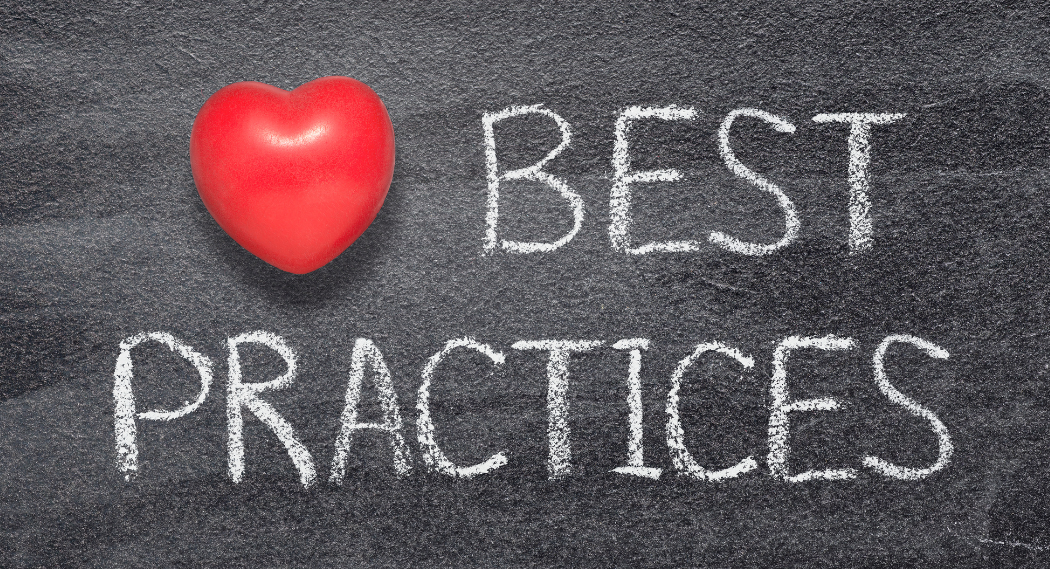Introduction to Email Marketing
Email marketing has been around for decades, and it’s still one of the most effective ways to reach your target audience. However, mastering the art of email marketing is no easy feat. With so many businesses vying for their customers’ attention in crowded inboxes, how do you make sure your emails stand out? In this blog post, we’ll cover everything from building an email list to creating engaging content and measuring success. By implementing these tips, strategies, and best practices, you’ll be on your way to becoming an email marketing master!
Building an Email List
Building an Email List
Building a quality email list is the foundation of any successful email marketing campaign. The key to building an effective email list is to obtain permission from your audience and provide them with value.
One way to grow your email list is by creating lead magnets, such as free e-books, webinars, or courses that people can access in exchange for their contact information. Another strategy is offering exclusive discounts or promotions through sign-ups.
It’s important to ensure that you are collecting relevant information from subscribers when they sign up. This allows you to segment your audience based on their interests and preferences, which will help you tailor your content specifically for them.
Another tactic that can be highly effective in growing your list is partnering with other businesses or influencers in your industry who have a similar target audience. By collaborating on a joint promotion or giveaway, both parties can benefit from increased exposure and new subscribers.
Remember, it’s not just about quantity; building a high-quality email list means targeting individuals who are genuinely interested in what you have to offer and providing them with valuable content consistently over time.
Creating Engaging Email Content
Creating Engaging Email Content
When it comes to email marketing, the content of your emails plays a crucial role in determining whether or not subscribers will open and engage with them. Here are some tips for creating engaging email content:
1. Personalize Your Emails: Use the recipient’s name and tailor the content to their interests.
2. Keep It Short and Sweet: People have short attention spans, so make sure your emails are concise and to the point.
3. Use Eye-Catching Images: Visuals can help break up text-heavy emails and grab the reader’s attention.
4. Include Clear Calls-to-Action (CTAs): Make it clear what action you want subscribers to take after reading your email.
5. Offer Value: Provide useful information or exclusive offers that make subscribers feel special and valued.
Remember, the goal of any email campaign is to build relationships with your audience by providing value and addressing their needs. By following these tips, you’ll be able to create engaging email content that resonates with your subscribers!
Timing and Frequency of Email Campaigns
Timing and frequency are crucial factors for the success of your email marketing campaigns. If you send emails too frequently, you risk annoying your subscribers and causing them to unsubscribe. On the other hand, if you don’t send emails often enough, they may forget about your brand.
The first step in determining the right timing and frequency is to understand your audience’s behavior. Analyze when they are most likely to check their emails and engage with them accordingly. For example, sending promotional emails on a weekend might not be effective since people tend to prioritize leisure activities during that time.
Another important factor is consistency. If you promise weekly newsletters or monthly updates, stick to it! This helps build trust with your subscribers and keeps them engaged with your content.
You can also use A/B testing to determine what works best for your audience regarding timing and frequency. Experiment with different days of the week, times of day, and intervals between emails until you find what resonates best with your subscribers.
In summary, understanding your audience’s behavior patterns is key in determining the optimal timing and frequency for email campaigns. Consistency is also essential for building trust with subscribers while experimenting through A/B testing can help refine strategies over time.
Measuring the Success of Email Marketing Efforts
Measuring the success of your email marketing efforts is crucial for determining whether or not your campaigns are effective. One important metric to track is open rates, which indicate how many people opened your emails. A high open rate can mean that your subject lines and preheaders are compelling enough to entice subscribers to click.
Another key metric to monitor is click-through rates (CTR), which measure the number of clicks on links within an email. CTRs give insight into what types of content resonate with subscribers and can inform future campaign strategies.
In addition, conversion rates are a valuable indicator of how effective your calls-to-action (CTAs) are in driving desired actions from recipients. By tracking conversions, you can see if your messaging and CTAs align with subscriber behavior and adjust accordingly.
It’s also important to analyze unsubscribe rates as this could be indicative of problems such as irrelevant content or too frequent sending cadences. Keep tabs on overall list growth over time as well so you know if you need to adjust lead generation tactics.
By regularly monitoring these metrics, businesses can make informed decisions about their email marketing strategy moving forward for maximum success.
Best Practices for Email Marketing
When it comes to email marketing, there are some best practices that can help you achieve success in your campaigns. First and foremost, always make sure that you have permission from your subscribers before sending any emails. This will ensure that you don’t end up in their spam folder.
Another important practice is to segment your email list based on demographics or behaviors. This will allow you to send more targeted and personalized content, which can lead to higher engagement rates.
It’s also crucial to create a clear and compelling subject line that will entice recipients to open the email. Keep it short and sweet while still conveying the value of what’s inside.
When crafting the body of your email, use concise language and include a clear call-to-action (CTA). Your CTA should be easily identifiable and direct recipients towards taking action such as making a purchase or signing up for an event.
Regularly test different elements of your emails including subject lines, timing, content format, etc., and use data-driven insights to improve future campaigns. By following these best practices, you’ll be well on your way toward mastering the art of email marketing!
Conclusion
In today’s digital age, email marketing is an essential strategy for businesses of all sizes. It allows you to communicate with your target audience and build a strong relationship with them. By following the tips, strategies, and best practices outlined in this article, you can master the art of email marketing.
Firstly, building an email list is crucial for any successful campaign. Ensure that your subscribers have opted-in and segment your list to send more targeted messages.
Secondly, focus on creating engaging content that provides value to your subscribers. Don’t be afraid to experiment with different types of emails such as newsletters or promotions.
Thirdly, timing and frequency are important factors in determining the success of your campaigns. Test different schedules and monitor metrics closely to determine optimal send times.
Fourthly, measuring key performance indicators like open rates and click-through rates can help identify areas for improvement in future campaigns.
Adhering to best practices such as personalization techniques or having clear calls-to-action will ensure that your emails resonate with recipients while minimizing opt-outs or spam complaints.
Mastering the art of email marketing takes time but implementing these tips along with continuous testing will lead to happier customers who are more likely to engage with future communications from you.
What’s on your mind?


